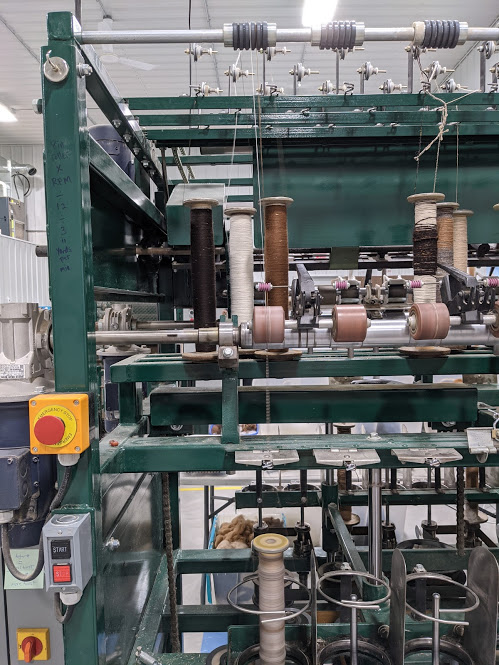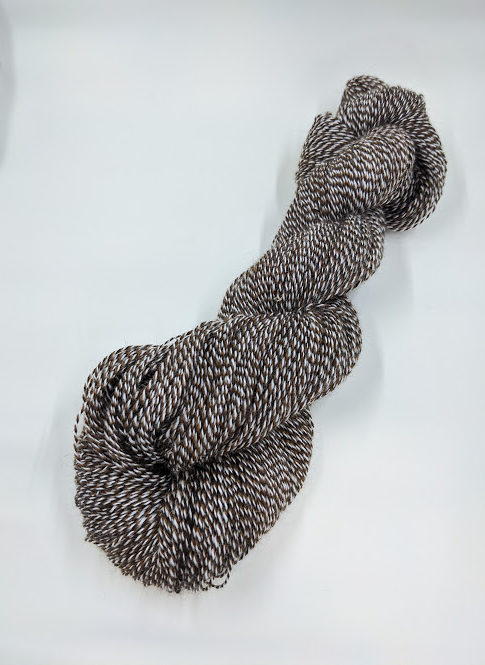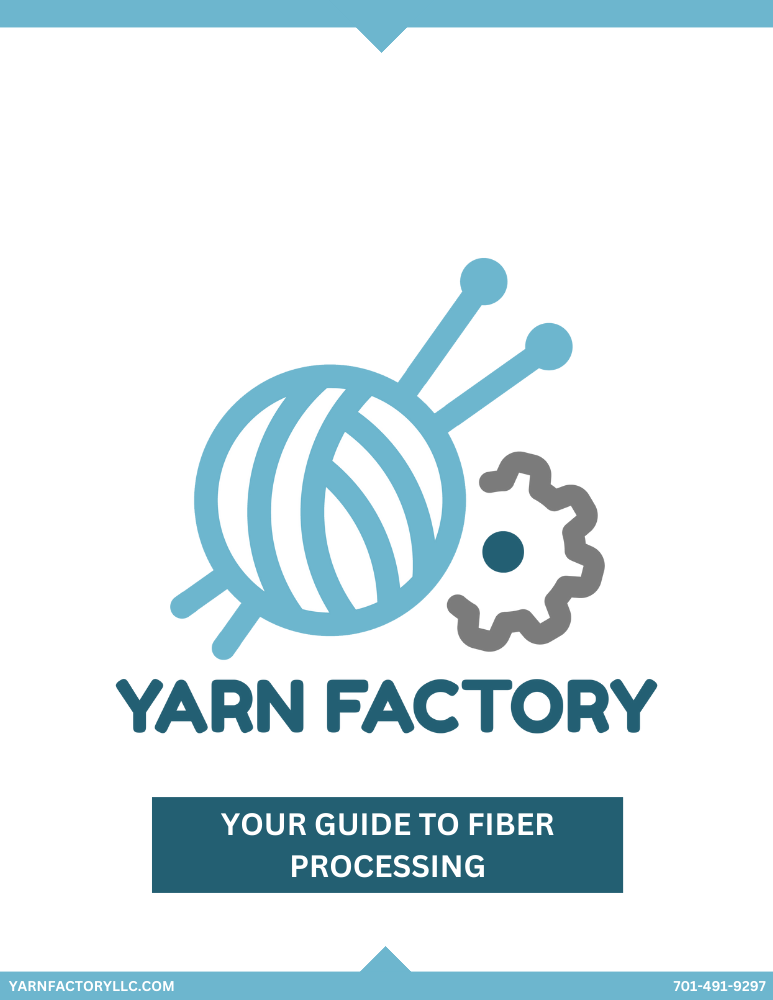
How it Works
We know that processing your fiber (especially the first time) can be downright confusing. We remember how daunting it can be to have a bag of freshly sheared fiber and wonder “what’s next?”
Rest assured, we’re here to help and walk you through the process.
To make the process easier, we’ve created a quick guide on (almost) everything you need to know to get your fiber processed. Our guide includes helpful information on storing your fleece, removing vegetative matter, a detailed explanation of yarn weights and sizes, and helpful tips to maximize your fiber harvest.
Our quick guide is available by as a free PDF by clicking the “Your Guide to Fiber Processing.”
Processing raw fiber really breaks down into four easy steps that we explain below. Of course, feel free to contact us if you have any questions that we don’t quite answer here.
Washing
Washing ensures that fiber is clean before it begins processing.
Picking
Picking fluffs up the fiber like cotton candy, making it easier to work with.
Carding
Carding orients the fibers in the same direction, like a giant comb.
Spinning & Plying
Spinning and plying are where the yarn really happens.
Washing
Washing helps remove any dirt or organic material that may be present in fiber. Even the best skirted fleeces contain some foreign material. After all, fiber comes from animals and animals live outside (usually)!
We hand wash the fiber in an eco-friendly, gentle soap using very hot water. This helps remove the loose foreign material. It’s important to note that some vegetation may remain in the fiber even after this step, but most of that will get “kicked out” in the next few steps.
Fiber is washed up to several times depending on the type of fiber. Before moving onto the next step, the fiber has the excess moisture spun out of it and is laid on racks to dry completely.

Picking
Fiber tends to compress after washing. Picking opens up the fiber so that it can be more easily worked with.
The picker consists of a conveyor belt and a spinning drum with long teeth. The drum gently combs and ungroups the individual strands of fiber. This step fluffs the fiber up like cotton candy so it can safely pass through the carder.
We spray this “fluff” with a special eco-friendly, anti-static conditioner and set it aside to dry.
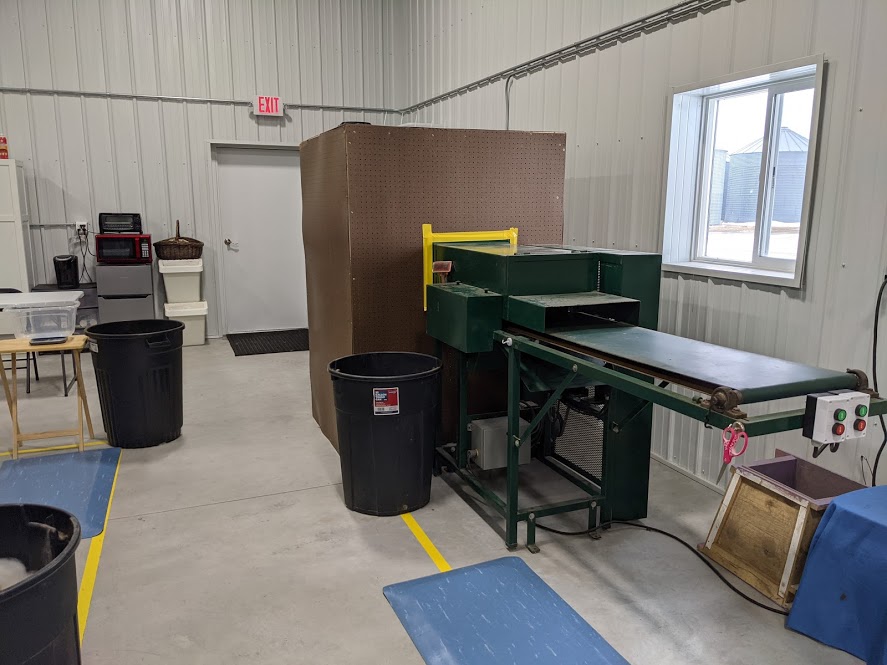
Carding
Carding is the heart of the mill and is the main processing point for fiber. A series of rollers and drums with special toothed, metal fabric fine comb the fiber. The fiber exits this machine as cloud, roving, or batts. Roving is semi-aligned in a lofty rope-like strand that can be further processed or used as-is for hand-spinners or crafting.
If fiber is destined to be finished as roving, then this is the final step of processing.
If yarn is the final product, the roving is further processed by the pin-drafter. The pin-drafter makes the roving just a bit more consistent and even, which is necessary for spinning.
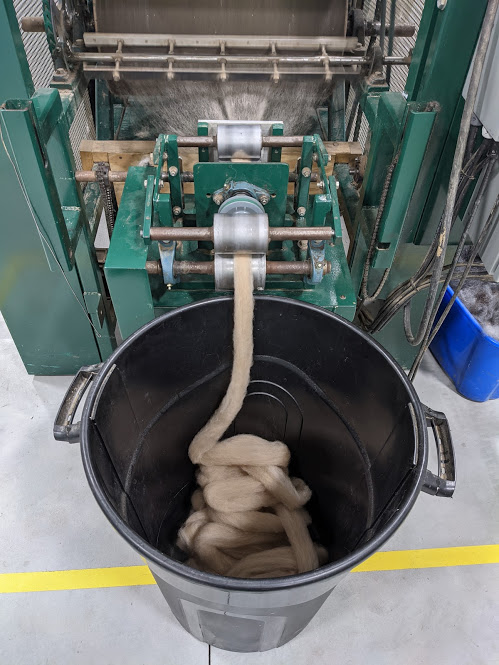
Spinning
After passing through the carder and the pin-drafter, the fiber is ready to spin. Yarn comes in a variety of thicknesses and twists.
The pin-drafted roving is fed into the spinner. The spinner drafts (pulls) and twists the strand of yarn similar to a spinning wheel, just on a much faster and larger scale.

Plying
After yarn is spun, the individual strands must be plied together. Two or more strands are twisted together in the opposite direction of what they were spun. This process links the strands together and creates a strong, balanced yarn.
